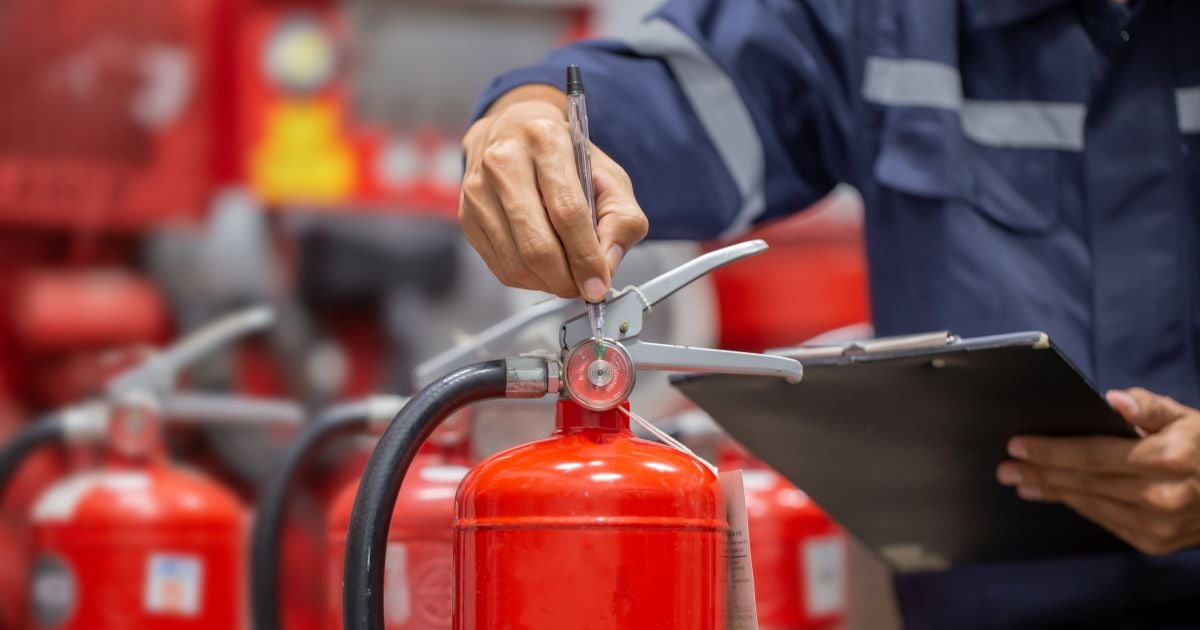Sydney companies must ensure that they are safe from fires. This isn’t just to ensure compliance with laws, but also for their employees, clients, and their property. Fires can result in massive losses within a matter of minutes. However, with the proper safety measures put in place, many of these risks can be minimized or prevented. The combination of inspections of fires, electrical systems testing and tagging and the compliance with CFSP guidelines all contribute to creating a safer work environment and ensuring that the business is in compliance with the Building Code of Australia and local standards of the council.
The reason Fire Inspections are the underlying principle of Safety
The first line of defence is fire inspections. They ensure that every part of a building’s protection system is functioning and up-to-date. Businesses operating in Sydney are required to carry out inspections every six or twelve months each year, based on their building type and the council regulations. Inspections may include anything from smoke alarms and sprinkler systems, to fire alarm panels and hydrants to emergency lighting and fire alarms.

The ability to spot hidden issues and fix them before they can cause harm is what makes inspections important. It may not seem important, but a small problem that involves a fire hydrant or smoke alarms that are blocked can result in death in the event of a crisis. Regular inspections for fires are a proactive way for businesses to not only fulfill their obligations to comply and protect themselves from unexpected disasters.
Testing and Tagging For Electrical Safety: Addressing Hidden risks
Electrical systems are a leading source of workplace fires. That’s why testing and labeling must be part of any fire safety program. It involves checking electrical equipment to ensure they are reliable, safe, and secure. Then a tag that is visible placed on the device to indicate it’s passed inspection. This is not just an obligation for all companies. It is also a way to protect from hidden risks.
If they are not checked for wear, old or worn cables, appliances with faults or outdated wiring could quickly turn into dangers to fire. Businesses can lessen the risk of fires by regularly testing and marking electrical equipment. It also reassures employees that their working environment is safe, building trust and confidence in the workplace. Combined with fire inspections and testing, this extensive safety plan reduces risks from multiple perspectives.
The importance of CFSP for compliance and Certification
In New South Wales only a Competent Fire Safety Practitioner (CFSP) can be accredit or sign vital documents regarding fire safety, like the Annual Declarations on Fire Safety. Introduction of CFSP certification has raised fire safety standards, as it ensures only professionals are qualified to assess and verify security. For business owners, working with a CFSP means that reports and inspections aren’t just a routine document but reliable evaluations carried out by experts.
The role of a CFSP extends far beyond ticking boxes. They assess the state and effectiveness of fire protection systems, provide complete reports and prove compliance with regulations. Firms that do not possess CFSP certification are at risk of being fined, facing legal issues, or even shutting down should they be found to be lacking in fire protection. Utilizing experts who have been certified ensures the fire safety systems are maintained in a proper manner, and the requirements for compliance are met.
Fire Safety is a Continuous Involvement
Safety in the event of fire is a constant requirement for all business owners. Regular inspections, continuous examination of electrical systems, and a proper certification process through CFSP supervision, create a system of safety that never stops. Beyond compliance with the law and ongoing monitoring, this approach helps to create an atmosphere of safety and security in the workplace. Employees feel more secure when they know that evacuation plans, smoke alarms, emergency lighting and a fire suppression systems are in place.
When you consider fire safety an ongoing process, not just a box to check every year businesses are able to reduce risk and also enhance their image. If safety is considered a top priority customers and clients feel more secure. Long term, investing to prevent fires early saves cost by preventing costly damages, fines, and legal battles.
Conclusion
Sydney fire safety demands an approach that is multilayered, which includes fire inspections and testing as well as tagging and certification through a CFSP. Each component is vital to ensure that businesses are in compliance with the rules, and most crucially, that both individuals and their property are safe. Businesses that make safety the top priority in their work and not just a side note will fulfill their legal obligations and provide a more stable, safe working environment.
